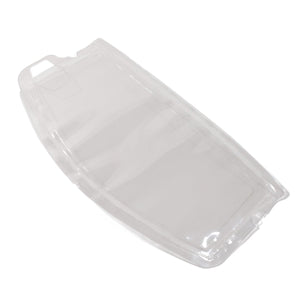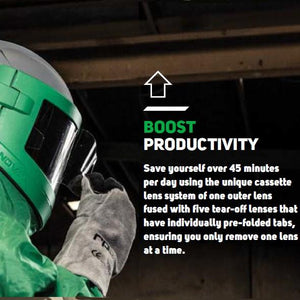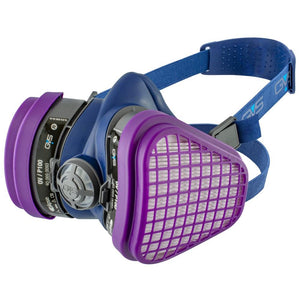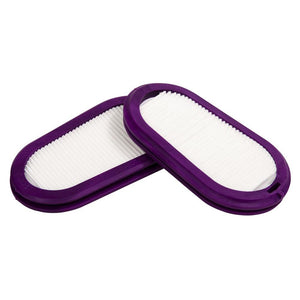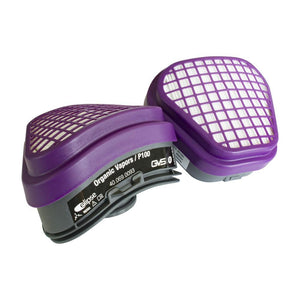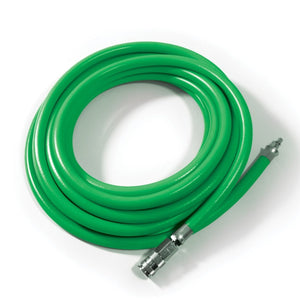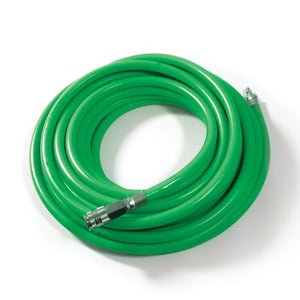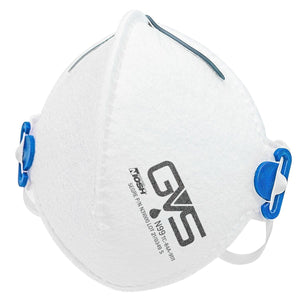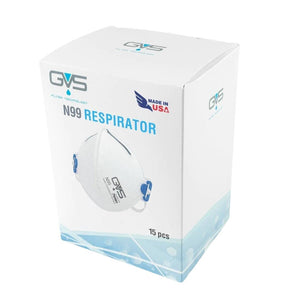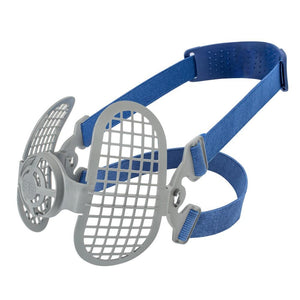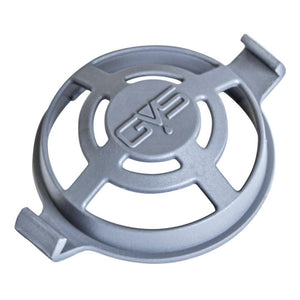We are champions for safety standards.
Having worked in the industry ourselves, we know that safety does not always mean comfort. In our mission to advance your safety and increase your productivity we use the very best creative engineering minds, along with our customer's and other industry worker's input. The result is respiratory equipment that makes the job safer, easier, and ultimately, respiratory protection equipment that you will want to wear each day.
Shipping policy
All orders are subject to manufacturer back orders. If a product is not immediately available, a member of our customer service team will reach out to you to discuss your options, including a full and immediate refund.
DOMESTIC ORDERS
Free Fed Ex Ground Shipping on all orders over $250 being delivered within the contiguous (conterminous) United States. All orders under $250 being delivered within the contiguous (conterminous) United States will be charged a flat rate of $25 for Fed Ex Ground Shipping.
A flat rate of $150 will appear at checkout for select products being delivered to AK/HI. If this flat rate is not an option, you will have to contact us for a custom shipping quote.
Most orders will enter the Fed Ex system in Detroit, Michigan area in 1 to 2 business days after the order is placed.
Fed Ex Ground transit times: "1–5 business days within the contiguous U.S., 3–7 business days to and from Alaska and Hawaii. Check transit times based on your zip code: http://www.fedex.com/grd/maps/ShowMapEntry.do
INTERNATIONAL ORDERSA
A flat rate of $150 will appear at checkout for select products being delivered to US Territories, Armed Forces, Canada, Mexico, and various Caribbean nations. If this flat rate is not an option, you will have to contact us for a custom shipping quote.
Novarlo is not responsible for duties and fees that may be applied by your country. It is your responsibility to understand what the charges will be as we do not accept returns for any reason.
**FOR EXPEDITED, OVERNIGHT, OR SERVICE PERSONALIZED IN ANY WAY, PLEASE CALL (833) 408-0500 AND WE WILL BE HAPPY TO ACCOMMODATE YOUR CIRCUMSTANCES TO THE BEST OF OUR ABILITIES!**
CONTACT INFO
Address
31435 Stephenson Hwy
Madison Heights, MI 48071
Phone
Main: (833) 408-0500
Email: sales@novarlo.com


